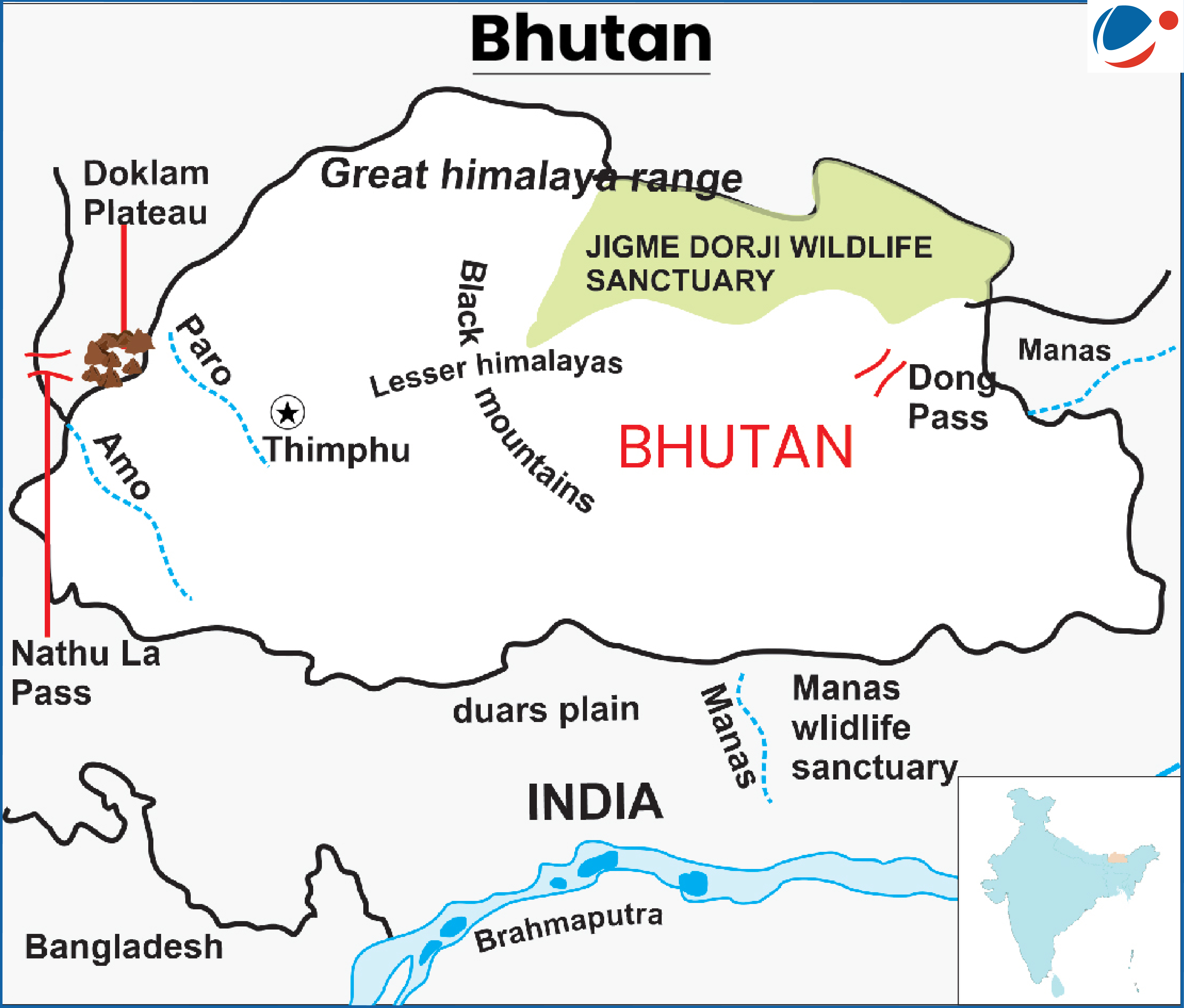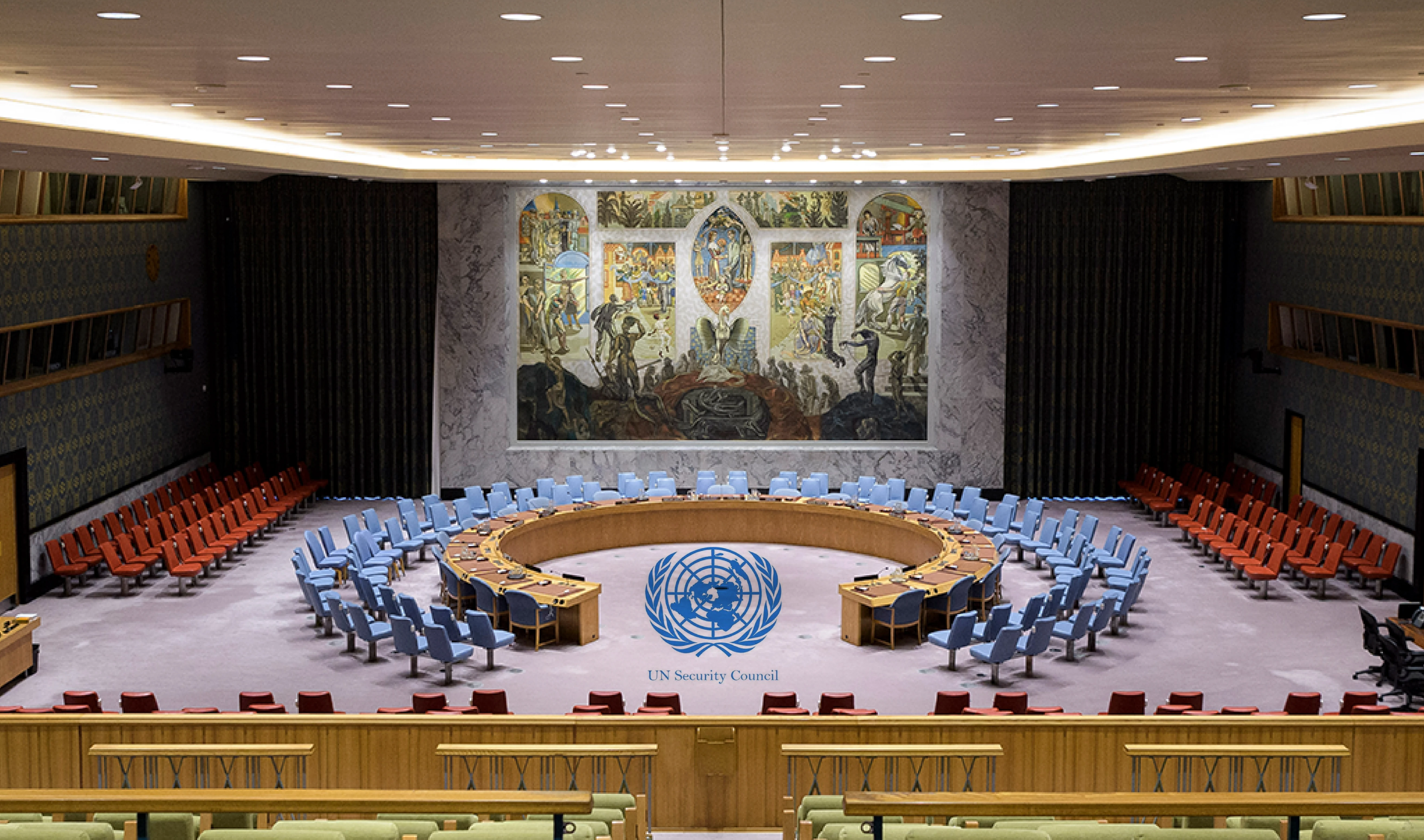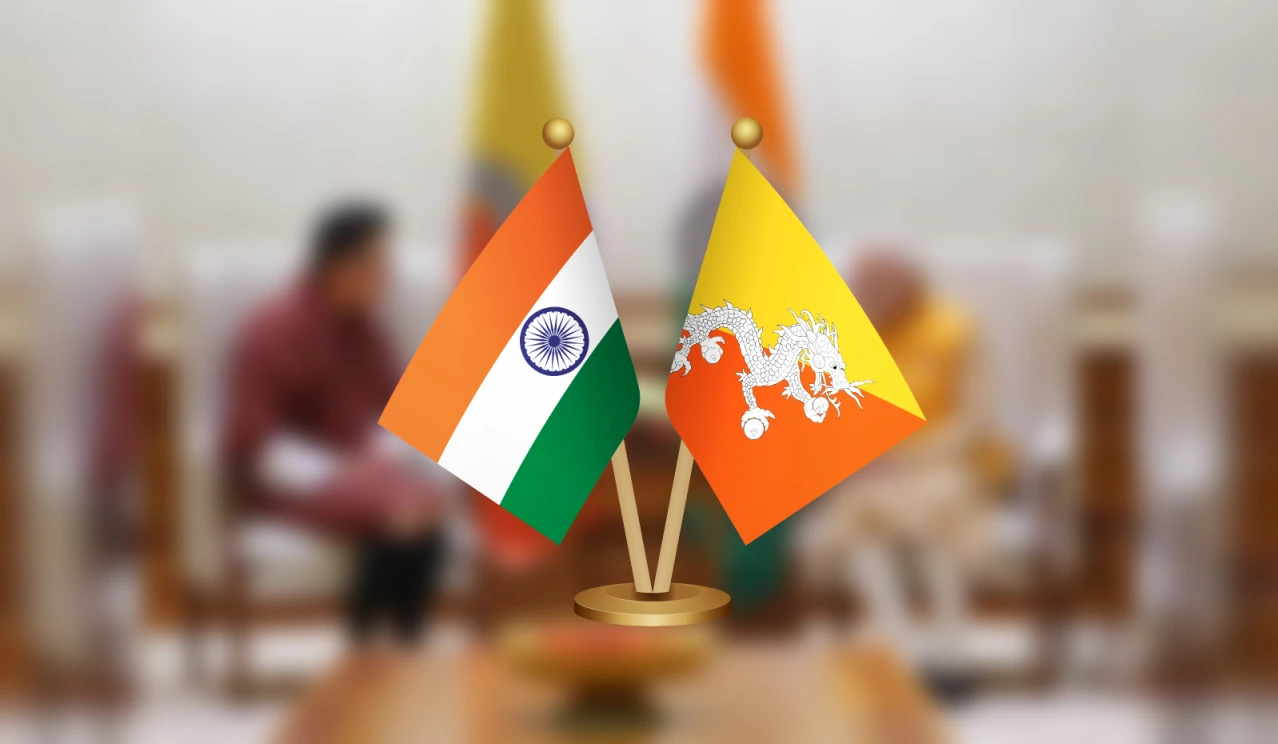Key Outcomes of the Visit

- Energy:
- Joint inauguration of the 1,020 MW Punatsangchhu-II project (to supply electricity to both India and Bhutan); renewed work on the 1,200 MW Punatsangchhu-I.
- India extended a concessional Line of Credit of ₹4000 crore for Bhutan’s energy sector.
- This will be India’s first line of credit for supporting development efforts of Bhutan.
- Economic: India extended support to Bhutan’s 13th Five Year Plan (including Economic Stimulus Programme) and the Gelephu Mindfulness City of Bhutan.
- Cultural Exchange: Public exhibition of sacred Holy Piprahwa Relics of Lord Buddha from India in Thimphu.
- Piprahwa Relics (associated with the mortal remains of Buddha) were discovered in 1898 in Piprahwa, Siddharthnagar (ancient Kapilavastu), Uttar Pradesh.
- Connectivity: E.g. cross-border rail links(such as Gelephu-Kokrajhar and Samtse-Banarhat).
- Key Issues: Delays in hydropower projects, need to diversify beyond hydropower, Chinese influence, etc.
India-Bhutan Relations
- Special Partnership: India is Bhutan’s leading development partner.
- The 1949 Treaty of Friendship (revised in 2007) established mutual sovereignty, close cooperation and open borders.
- Strategic Convergence: Close coordination on regional stability, secure borders (significant for India’s Chicken Neck, e.g. Doklam conflict in 2017) and sustainable development.
- Economic Linkages:
- Bilateral trade: With $1.7 Billion (In 2023-24 excluding electricity), India is Bhutan’s largest trade partner, (nearly 80% of Bhutan’s trade)
- FDI from India: 55% of total FDI in Bhutan.
- People-to-People Ties: Shared Buddhist heritage and robust cultural exchanges.







